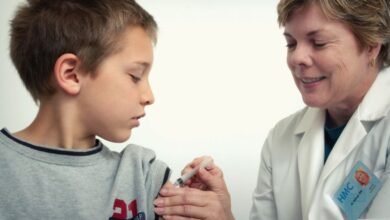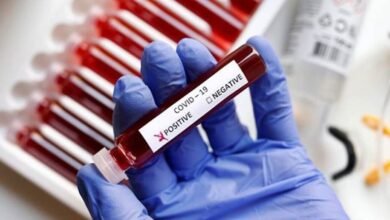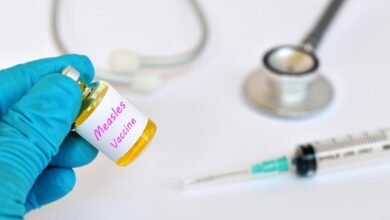HFMD cases on the rise: Know how to keep the illness away

HFMD spreads through direct skin-to-skin contact as well as the respiratory route.
HFMD, or hand, foot, and mouth disease, generally target young children and babies. Spread through direct contact with the mucus, saliva, or faeces of an infected individual, it is moderately contagious. It usually happens in minor epidemics, usually in the summer and fall. Reports of the disease have, however, seen an increase in India, of late.
A viral fever that primarily affects children under the age of 10, the flu is named after the red blisters that occur on the hands, feet, forearms, and mouth.
Symptoms of Hand Foot and Mouth Disease
The Coxsackie A16 enterovirus, which primarily affects children under the age of 10, is the most prevalent strain causing hand, foot, and mouth disease (HFMD). Incubation typically lasts 3 to 7 days. Fever is probably the first symptom, which is frequently followed by a sore throat.
Painful sores in the mouth or throat may develop one to two days after the start of the fever. The hands, feet, mouth, tongue, and inside of the cheeks, buttocks, knees, and elbows may all develop rashes.
Rashes and Appetite Loss
Rashes appear on those who are afflicted with the virus. Some of them also complain of body aches, joint discomfort, cramps in the stomach, nausea, vomiting, and diarrhoea, in addition to coughing, sneezing, and runny nose.
Despite the possibility of severe symptoms, the disease is typically not hazardous, and hospitalization is not frequently needed. It takes about a week to stop being contagious. The skin sores would have dried by the time the fever subsides.
How to Prevent HFMD Spread
If someone has the infection, they must be in isolation. To stop the flu from spreading, utensils, clothes, and other items used by infected people must be sanitized.
Some schools have advised parents to look for HFMD signs and let the teacher know if their child has been diagnosed. Additionally, parents have been urged to hold off on sending their kids to school until the fever has decreased for at least 24 hours and the rash has totally healed. If a kid is returning to class before the contagious period for seven days after the onset of symptoms, the child should obtain a medical prescription from a consulting doctor declaring that he or she is not infectious or contagious.
The illness spreads through direct skin-to-skin contact as well as the respiratory route. The areas with the greatest spread are day care centres and schools. It specifically occurs in children at school between the ages of 3 and 10. Due to constant interaction with infected siblings, even infants younger than a year are affected.
Certain deadly illnesses have been eradicated thanks to increased vaccination awareness in developing countries like India and widespread immunization campaigns. Virus-related diseases that had not previously been identified in the Indian population are now being diagnosed more frequently. In order to diagnose the condition early and begin treatment right away, paediatric doctors or general doctors should be informed immediately regarding the child’s condition.







